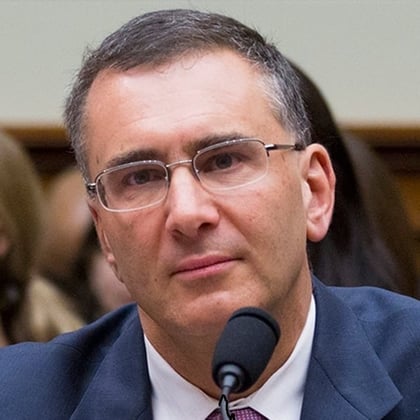What You Need to Know
- In 2018, an older household with long-term care insurance had an average annual income of $72,000.
- Private insurers paid for 9% of U.S. nursing home care and 12% of U.S. home care that year.
- The share of gross domestic product devoted to long-term care has a substantial global range.
Half of U.S. residents ages 65 and older who had private long-term care insurance in 2018 had total household wealth over $657,000.
These users averaged $1.4 million in household wealth.
For long-term care insurance users ages 85 and older, the median level of household wealth was $504,000 and the average level of wealth was $881,000. The wealth figures included the value of the insureds’ homes.
Jonathan Gruber, an MIT economist, and Kathleen McGarry, a Stony Brook University economist, put those long-term care insurance facts and more, based on data from the RAND-HRS and Health Retirement Study, in a new working paper about how the United States pays for long-term care for older Americans.
What it means: Top economists have sifted a huge batch of government-funded, researcher-managed survey data for information about the U.S. long-term care insurance market and other components of the long-term care system.
The paper could influence U.S. policymaking for decades to come, and it could be a source of old but authoritative data on the U.S. long-term care system for agents, advisors, insurers and other private-sector people and entities with an interest in the economics of aging.
The researchers: Gruber is best known for helping Massachusetts design its universal health insurance program, which served as a model for the major medical insurance provisions of the Affordable Care Act.
McGarry is a researcher who studies acute health care expenses and long-term care expenses at the end of life.
Gruber and McGarry have posted their working paper — an academic paper that has not yet gone through a full peer review process — on the website of the National Bureau of Economic Research, in front of the site’s paywall.
The Gruber-McGarry paper is meant to be a chapter in an upcoming book they have created, “Long-Term Care Around the World,” which is in press at the University of Chicago Press.
Gruber, McGarry and collaborators have posted many other chapters from the book on the NBER site in working paper format. The other chapters profile the long-term care finance programs in Canada, Denmark, England, Germany, Italy, Japan, the Netherlands, Singapore and Spain.
Gruber, McGarry and a third researcher, Charles Hanzel, note in the introduction that, in the countries included in the book, the share of gross domestic product devoted to long-term care ranges from 0.9%, in Spain, to 4%, in the Netherlands. It stands at 1.3% in the United States.
The share of GDP going toward long-term care in the United States “may be relatively low on the list, but it is larger than the share of U.S. GDP attributable to agriculture or car manufacturing,” according to the researchers.
The U.S. data: Gruber and McGarry based the U.S. long-term care system profile mainly on data from an offshoot of the University of Michigan’s Health and Retirement Study, which came to life in 1992.
The federally funded study interviews about 20,000 people ages 50 and older in two-year waves. The program managers try to follow each participant until the participant dies.
The RAND Center for the Study of Aging has created easier-to-use versions of the HRS datasets.












 Copyright © 2024 ALM Global, LLC. All Rights Reserved.
Copyright © 2024 ALM Global, LLC. All Rights Reserved.